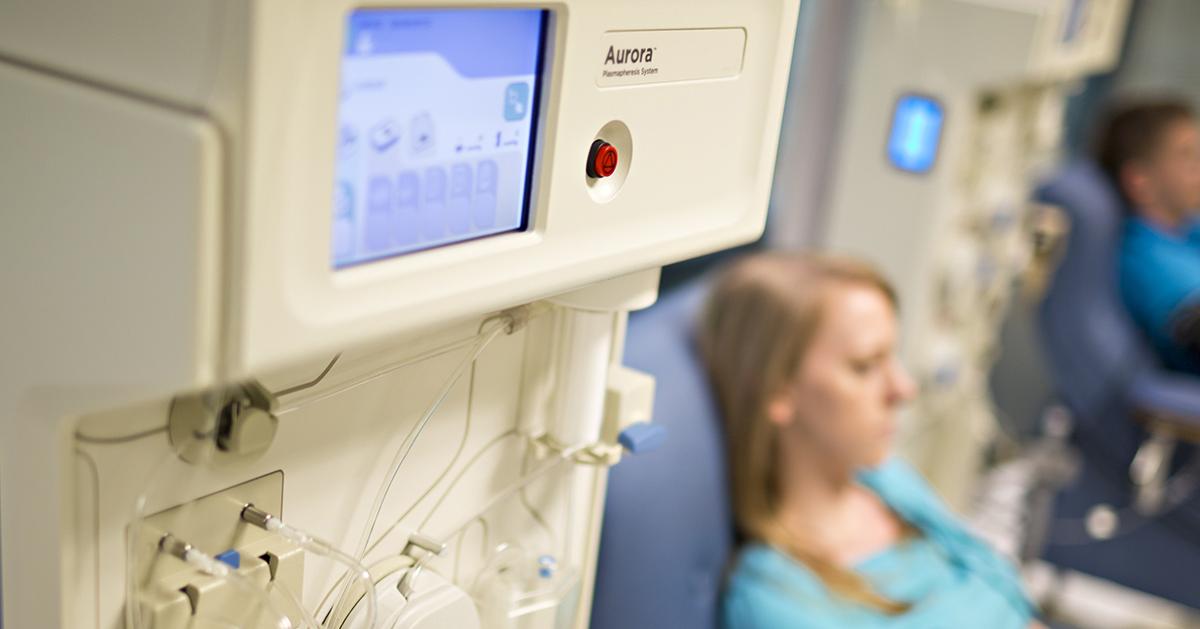How To Manage Von Willebrand Disease
Clot-Stabilizing Medication

Clot-stabilizing medication is one of the standard treatments doctors provide for most patients with von Willebrand disease. Known as anti-fibrinolytic medicines, these drugs reduce bleeding by slowing the rate at which blood clots break down. Doctors typically prescribe these to patients with von Willebrand disease before they undergo a tooth extraction or operation, and some patients will need to take these medicines after the procedures too. Some of the most commonly prescribed clot-stabilizing drugs are aminocaproic acid and tranexamic acid. Patients taking aminocaproic acid should be aware of potential side effects such as headaches, itching, ringing in the ears, skin rashes, vomiting, and nausea. Patients who have been prescribed tranexamic acid must remain vigilant for the development of muscle cramps, stomach pain, diarrhea, back pain, and fatigue. If any new symptoms or unpleasant side effects develop, patients should inform their hematologist. It may be possible to switch to another, more tolerable type of clot-stabilizing medication/
Get familiar with more ways to treat von Willebrand disease now.
Replacement Therapies

Many patients with von Willebrand disease benefit from the use of replacement therapies. These treatments are given through an intravenous infusion, and they typically consist of specific doses of concentrated blood-clotting factors that contain both von Willebrand factor and factor VIII. Replacement therapies are useful for patients with all types of von Willebrand disease, and hematologists often recommend these treatments both for patients who cannot take desmopressin and for those in whom it has been ineffective. In 2016, a new type of replacement therapy was approved for patients eighteen years old and older. The new therapy is a recombinant form of von Willebrand factor made through genetic engineering. The recombinant production process enables the medication to be produced without the use of plasma, and this can reduce the risk of allergic reactions and viral infections that sometimes occur with older replacement therapies. While receiving an infusion of this new recombinant von Willebrand factor, patients will have their vital signs closely monitored. They should report any side effects, including a fast heart rate, hot flushes, itching, chest pain, muscle twitching, and nausea, to their healthcare team immediately.
Discover additional treatments for von Willebrand disease now.
